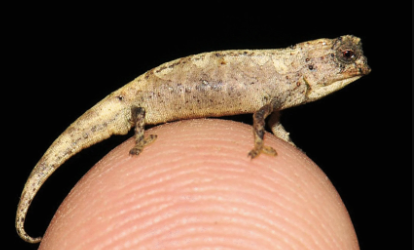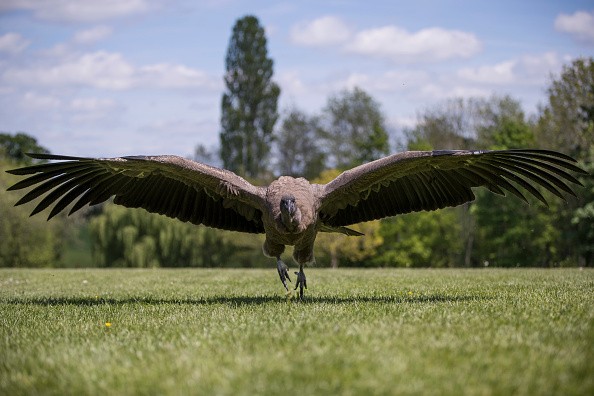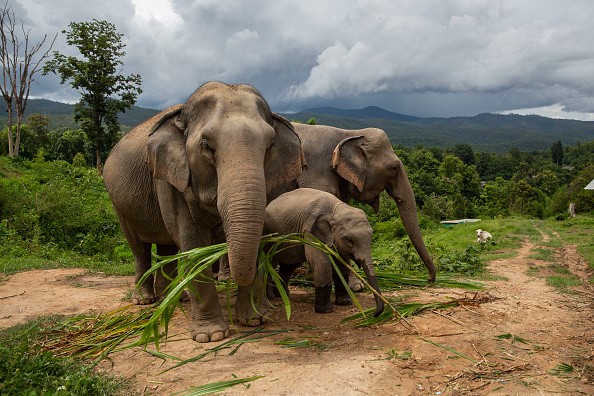As the COVID-19 outbreak enters its third year and humanity confronts ever-worsening climate change, science news coverage may be challenging to take in. On the other hand, Earth remains a magnificent world filled with promise and mystery. The beauty of life on our planet continues to be demonstrated by research into the natural world's beauties.
Related Article : 2020 Scary Nature Stories that Came Right Out of People's Nightmares
Here are the top 3 animal discoveries we've seen this year.
Discovering the World's Smallest Reptile

Brookesia nana, or B. nana, is a new species of chameleon discovered in a jungle in northern Madagascar, according to experts. Nana is a nickname for Nana. This tiny reptile, known as a nano-chameleon, is about the size of sunflower seed and may be the world's tiniest reptile.
The discovery of such a little reptile raises intriguing vertebrate body size limitations. zIt also emphasizes Madagascar's incredible-and critically endangered-biodiversity, according to biologists. The chameleon's discoverers believe it will soon be categorized as highly endangered.
Condors Giving "Virgin Births"

Due to poisoning, poaching, and habitat degradation, California condors-magnificent scavengers with a wingspan of almost nine feet-nearly went extinct by the middle of the twentieth century. All 22 condors were caught from the wild in 1987 and bred in captivity before being released back into sections of California, Utah, Arizona, and Baja California in an attempt to rescue them. The overall population has now surpassed 500 people.
Researchers have been keeping a close eye on the birds' mating behavior and genetics, and in October, they discovered that two female birds had given birth to offspring without having bred. This is the earliest indication of a virgin birth in this species, often known as parthenogenesis (and likely any non-domesticated bird). Scientists believe that this type of reproduction is much more widespread in animals than previously assumed, in part because it is difficult to detect and track.
While parthenogenesis may provide a lifeline for rare species when partners are limited, it may also have drawbacks, such as lowering genetic diversity.
What caused this to happen? "We don't know," says Oliver Ryder, the San Diego Zoo Wildlife Alliance's director of conservation genetics. "Will it happen again?" says the narrator. "I believe that is the case."
Elephants Evolve to Lose Poachers' Interest

The civil war in Mozambique, which lasted from 1977 to 1992, was particularly harsh for African elephants, with almost 90% of the animals murdered for ivory in the country's Gorongosa National Park. However, the devastation has an unintended consequence: some elephants develop without tusks, making them less vulnerable to poachers.
According to National Geographic, roughly a third of younger female elephants born after the battle ended in 1992 in Gorongosa never acquired tusks.
Such elephants had altered versions of two genes that ordinarily drive tusk development, according to a study published in Science in October.
Tusklessness affects only approximately 2 to 4% of female African elephants in the wild.
For more animal news, don't forget to follow Nature World News!
© 2025 NatureWorldNews.com All rights reserved. Do not reproduce without permission.




